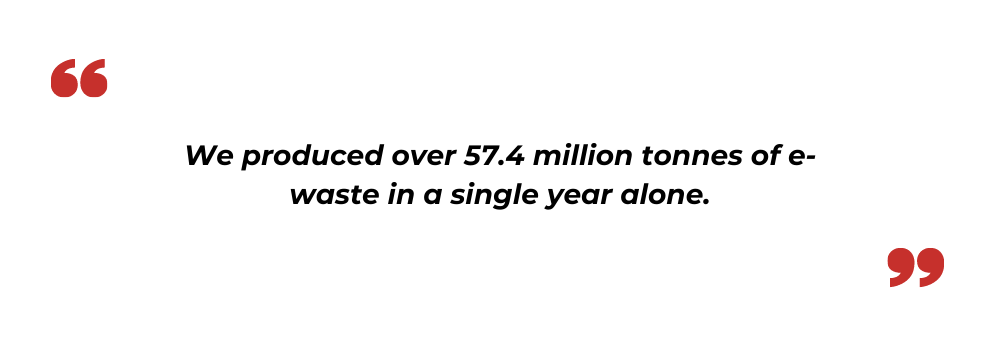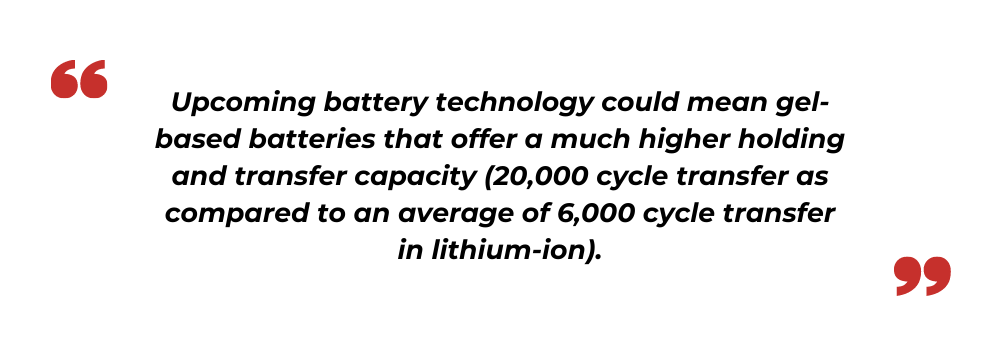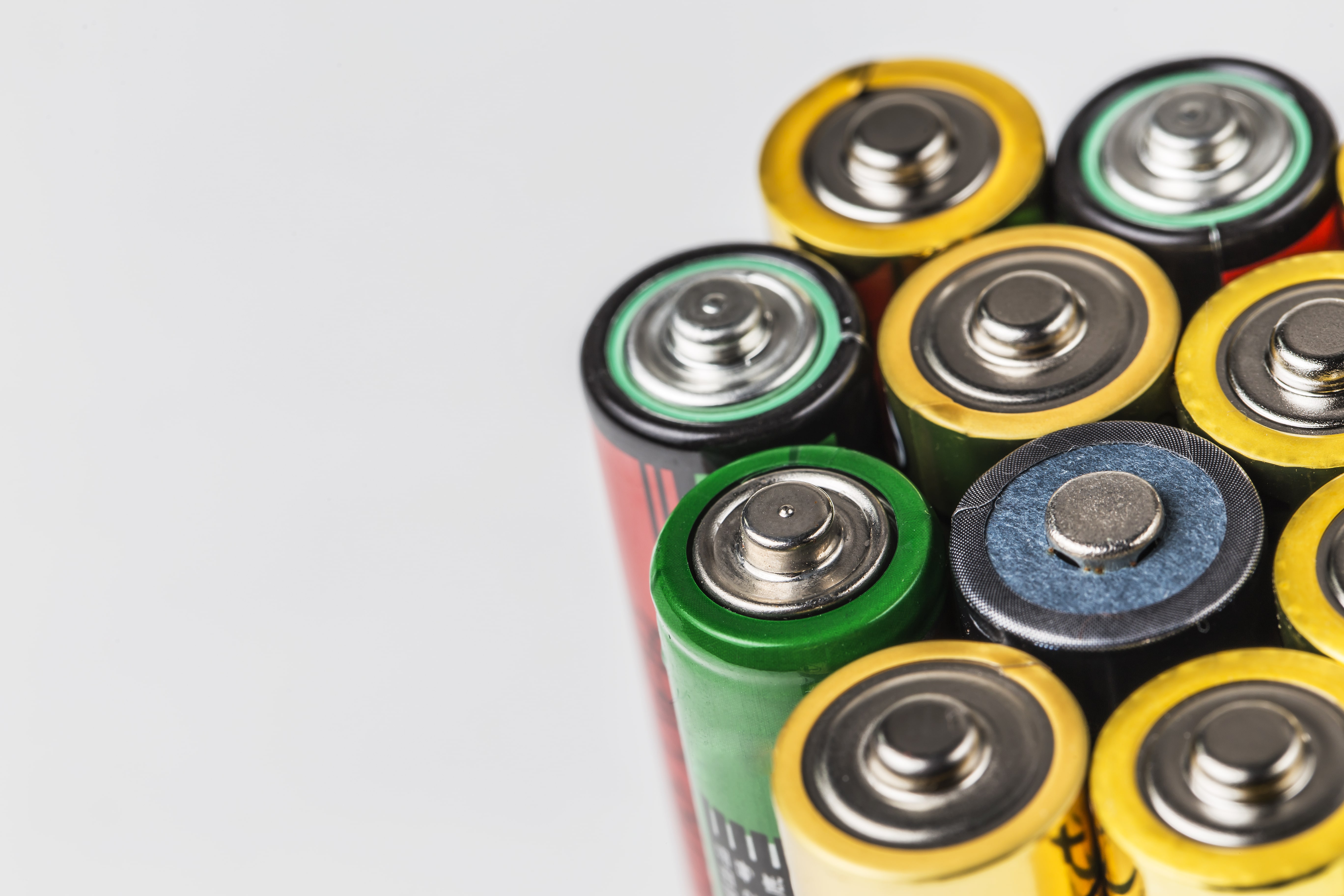Earlier, there were wires that would power all tools and gadgets that people used in their daily lives. The electric lamps were wired, telephones were wired, computers were wired, the stove used to cook our food was connected and powered by either a pipeline or a cylinder… the list is endless. Over time, technology has evolved to create tools that can be powered via batteries so that the requirement for wires reduces. It started with battery powered torches and ended up with wireless charging for our cellular devices and battery powered vehicles.
As technology and gadgets become smarter and more accessible to the general population, the impatience of mankind began to grow. We are used to having everything as soon as possible, and waiting hours for our phones or devices to charge, or using different tools to charge our gadgets seems to take forever. We want everything done quickly and as conveniently as possible, which is where the future of battery technology lies. Upcoming battery technology developments all revolve around producing future hi tech batteries that provide fast charging and longer duration. It’s more than just the battery that needs to evolve for the future, it is also the charging devices involved in charging these batteries.
So what exactly is the future of battery technology? How are the recent developments in the tech world affecting how we will operate our devices in the coming years?
Taking a more sustainable approach to battery technology
Another important factor to consider in the future of battery technology is sustainability. Electronic waste, or e-waste has become a cause of concern with batteries being unsafe for disposal after completing their lifespan, the wires having a long shelf life even after they stop working, and in general an increase in the number of electronic devices being used by individuals causing more e-waste creation.

In 2021 alone, the amount of electronic waste created by humans was considered to be more than the weight of the Great Wall of China. We produced over 57.4 million tonnes (World Economic Forum) of e-waste in a single year alone. This alarming rate of waste generation is one of the factors that affects the future of battery tech. Scientists are looking at creating more environmentally friendly batteries that power our devices that create less carbon emissions while being produced as well as have a longer lifespan so as to reduce the amount of waste created on the whole.
Upcoming battery technology is focused on shifting away from lithium-ion batteries and using lithium-sulphur batteries, which are more ecologically sustainable. IBM is developing a technology for these batteries that is free of metals such as cobalt and nickel, both which are exhaustible in nature. These batteries will also be preferred by manufacturers at large because they have a lower cost of production, and have a longer lifespan. It means that they will perform longer without having to be recharged and can store more energy. According to the research conducted by IBM, these batteries can charge a smartphone for 5 days and power an electric vehicle for 1,000 km (Pocket Lint).
So these lithium-sulphur batteries are not only more environmentally friendly, they also meet consumer demands for a longer charge time, making them the more favourable option for the upcoming battery technology trends.
Future hi tech batteries might be solid state batteries
There are two main problems with using lithium-ion batteries. The first is on the manufacturing end and the second is on the consumer end. The issue with the manufacturing of lithium-ion batteries is that there is only a limited supply of nickel and cobalt available on the planet, which means over time, they will continue to become more and more expensive as the supply of the key metals continues to decrease. There are more drilling and mining projects underway to find more of these metals, which also results in creating a disruption of ecosystems, harming the ozone layer, leads to deforestation and displacement, and more.
The second problem with the lithium-ion batteries is that they do not have a very long lifespan. The batteries can last up to a few years, but they require frequent charging. Our applications of the tools, gadgets, and electric vehicles are increasing, which requires more intensive usage of these batteries, and sadly they do not seem to match the consumer’s expectations. Users want batteries that charge faster and last longer so they do not have to worry about them running out constantly and that is the most popular user demand for the future in battery technology.
Solid state batteries provide an alternative solution to this problem.
What are solid state batteries?
Lithium ion batteries transfer energy using electrodes that are passed with a liquid electrolyte. This causes loss of energy when the transfer is taking place and there are also higher chances of the batteries exploding when they get heated up. This makes them unsafe and reduces their lifespan. Solid state batteries, on the other hand, have a solid compound instead of a liquid electrolyte from which the electrodes pass through. The solid state of the compound allows the transfer of a higher amount of electrodes making the solid state batteries more efficient. They are also less likely to heat up with increased energy transfer, which means the chances of them exploding reduces vastly.
This means that the applications in the future of battery technology will have more use cases based on the new opportunities that open up due to the compound nature of these solid state batteries. The future hi tech batteries will be a lot lighter in weight, smaller in size, and will carry denser power to conduct.
Some research organisations who are actively trying to make the theory behind solid state batteries a reality believe that they will provide 80% more energy efficiency than their lithium ion counterparts. They offer a wider range in terms of operational capacity, can work within a wide range of temperatures, and are generally very versatile. Once the production reaches a more accessible stage, solid state batteries will transform the way batteries are being produced and used in the world today.
Evolving the lithium ion batteries to optimise their usage
The upcoming battery technology for solid state batteries might take a few more years to come into fruition, and even longer to be used widely, so for now, there is ample research being conducted to find out ways in which one can optimise the lithium ion batteries that are in use today. By adjusting the compound structure, adding a few more key elements, and using nanostructures, it can be possible to optimise the li-ion batteries that are used in most of our devices today.
The evolution of lithium ion batteries will include more heat resistance as well as less energy wastage while transference to improve their usability and performance. They will be able to operate at a much wider range of temperatures, which means the new and improved lithium ion batteries will become possible to use in a lot more devices. The increase in energy storage density is another added benefit to the future of battery technology.
What are components of the new lithium ion batteries?
The future hi tech batteries made with lithium ion will have multiple components that will enhance its capabilities. There is already a lot of research conducted to amplify the uses of lithium ion batteries, and the NanoBolt lithium tungsten batteries is one of the solutions so far. They are created with nanotubes which can be modified to any size as per the requirements and allow more surfaces to store and discharge energy, thereby allowing the batteries to store more power and last for a longer duration.

There are also other experimentations with the liquid nature of the electrolytes in the lithium ion batteries. Upcoming battery technology could mean gel-based batteries that offer a much higher holding and transfer capacity (20,000 cycle transfer (Gray) as compared to an average of 6,000 cycle transfer in lithium ion). This means the strain on the electrodes will be a lot lesser on these gel-based batteries and the batteries will last for a much longer duration.
Read Also: Top New Energy Transition Trends to Watch Out for in 2022
Final Thoughts
According to the future of battery technology is only going to focus on three main aspects: reducing the electronic waste produced by these batteries, ensuring longevity of the newer batteries, and creating more holding capacity for the batteries so that they can be used in more devices. A few years down the line, in the future high tech batteries, solid state batteries will become more than just a concept. They will be put to use across the world and across industries, but until then, there are new developments to evolve the lithium ion batteries to generate more power, less waste, and more use.







